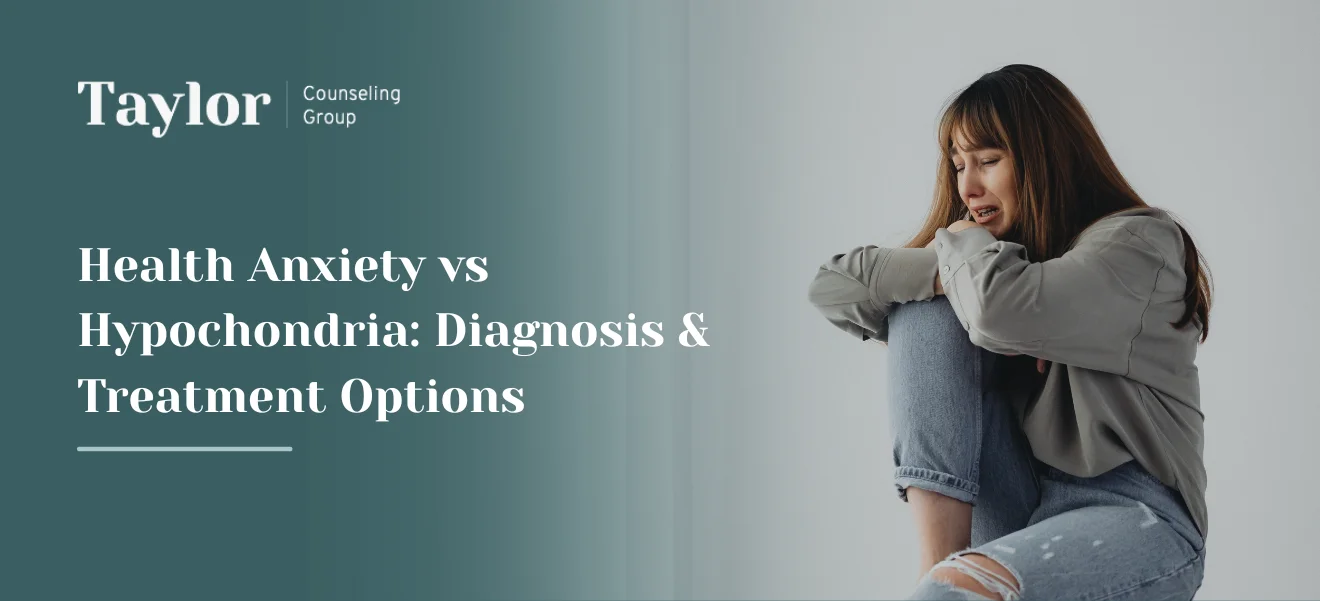Quietly lethal, eating disorders claim more lives annually than any other mental illness. And yet, it remains gravely misunderstood by even close friends and family members of individuals suffering from disordered eating. Just a few facts can broaden our understanding of our loved ones who suffer from eating disorders and help us support them more effectively.
1. Not all eating disorders look the same. Typically when people think of eating disorders, we conjure up images of emaciated individuals who look as if they just emerged from a concentration camp or think of vain girls sticking toothbrush’s down their throat to lose a few pounds, but this is a grossly narrow view of eating disorders. The manifestation of eating disorders extends far beyond these stereotypes. Most eating disorders would never be detected based on appearance alone; eating disorders are not diagnosed solely on size or weight, but on distorted thoughts and unhealthy patterns of behaviors that are dangerous and have a massively negative impact on internal health over time.
2. Eating disorders are not about vanity. There are a variety of reasons individuals develop eating disorders. While body image is often a factor, other issues such as anxiety, need for control, history of trauma, depression, body dysmorphia, and genetic predispositions are also major influencers in the lives those suffering from eating disorders.
3. Eating disorder behaviors can be as unique as the individual. Restricting food intake, binging, purging, and excessive exercise are the most common eating disorder behaviors, but there are also a slew of ED behaviors most people don’t know about. Eating disorder behaviors also include body checking, compulsively weighing oneself, obsessively counting calories, hiding food, cutting food into tiny bites and avoiding social settings where food is present. Many individuals with eating disorders adjust their pace of eating in an attempt to reduce their distress around food by eating rapidly or excessively slowly. Having rigid food rules such as never allowing themselves sweets, carbs, or dairy are also common among those with eating disorders.
4. Well-meaning comments and encouragement can be highly triggering to those with eating disorders. Whether about losing weight or gaining weight, comments as seemingly innocuous as, “Oh, look so healthy!” alert individuals with eating disorders to changes that are happening in their appearance. Such comments frequently increase their preoccupation with body image, resulting in emotional distress and urges to either continue or re-engage in ED behaviors in order to control their appearance. Conversations around dieting, “good” or “bad” foods, and calories also perpetuate distorted thinking in individuals with eating disorders.
5. Recovery is an ongoing process. Like any other mental illness, such as depression, anxiety, and addiction, recovery from an eating disorder is a journey that requires much time and effort. It is normal for individuals to have seasons of remission and later slip back into maladaptive patterns of thinking and behaving. In times of struggle and relapse, individuals with eating disorders need extra support, compassion, and patience as they do the hard work of recovery.






